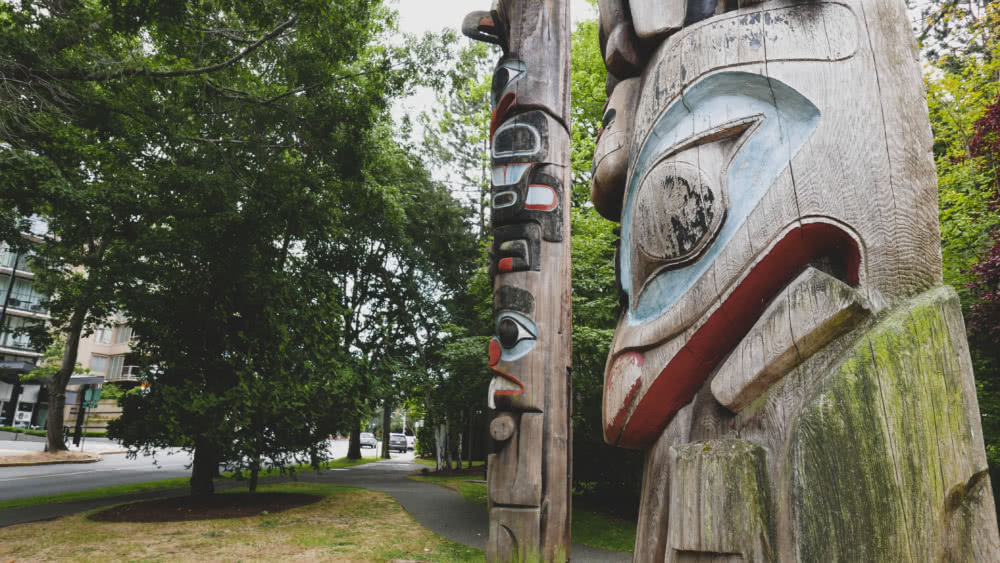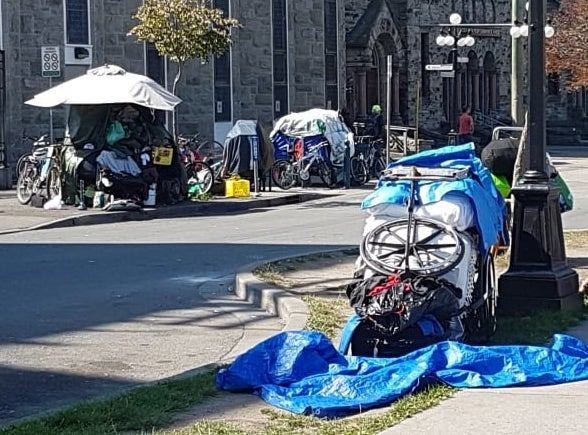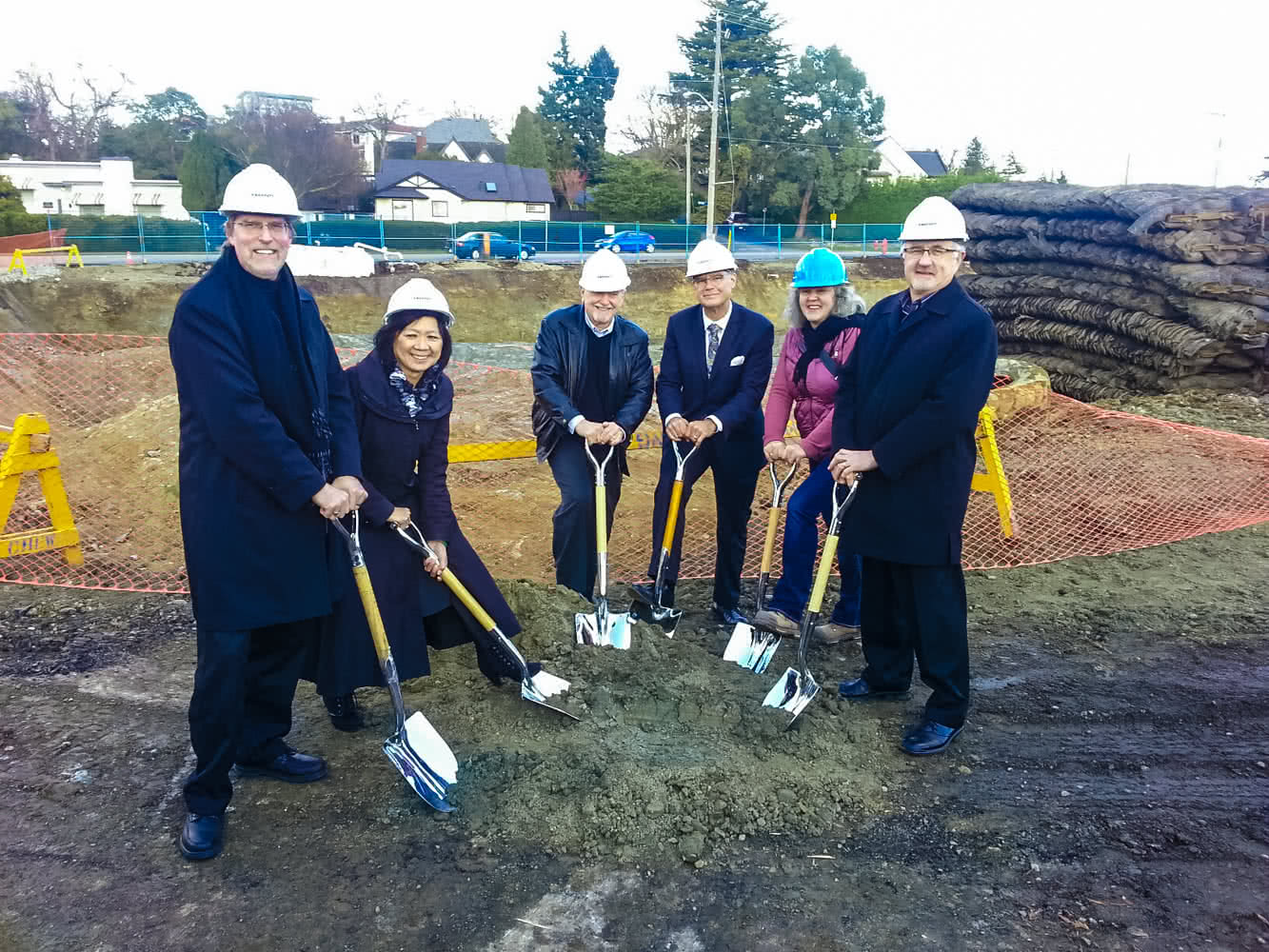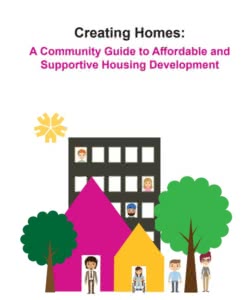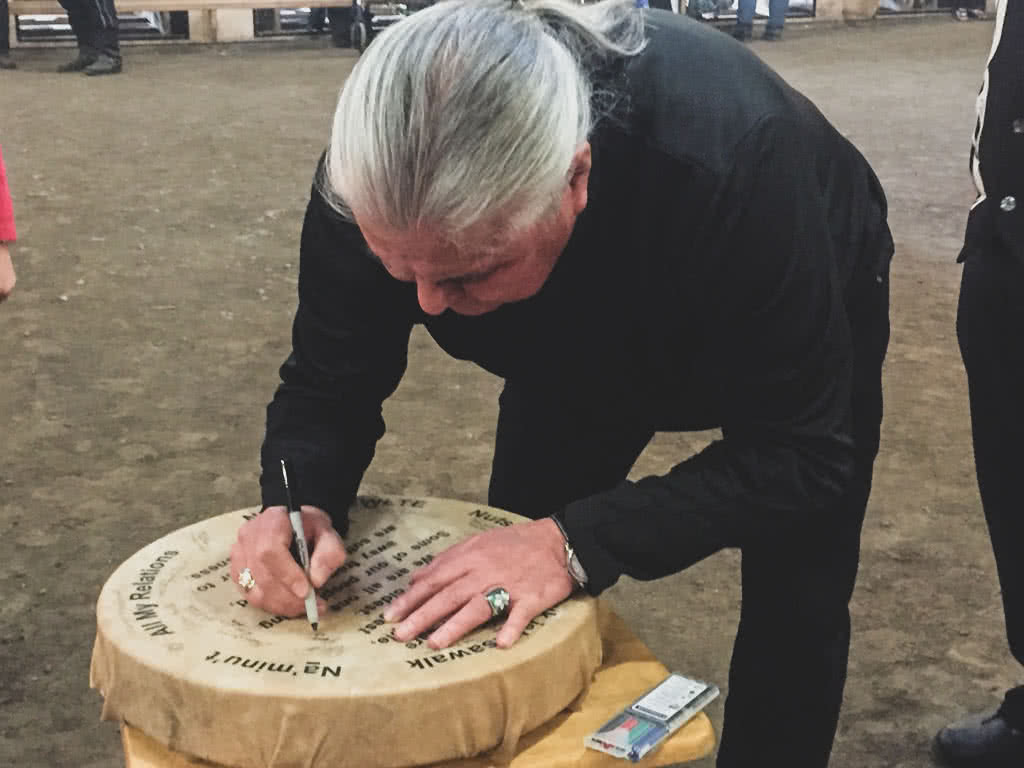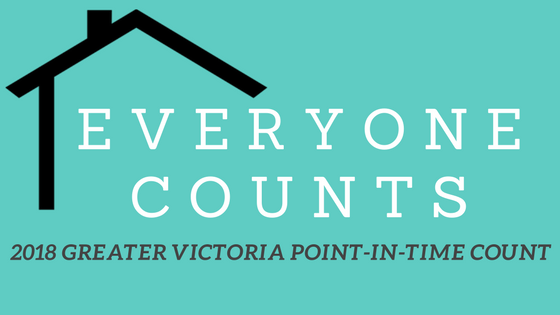The application portal for the one-time top-up to the Canada Housing Benefit is now open
The application portal for the one-time top-up to the Canada Housing Benefit is now open!
The Government of Canada has introduced a new affordability measure to help lower-income renters who are most affected by the rise of inflation and struggling with the cost of rent. The one-time top-up to the Canada Housing Benefit provides eligible applicants with a one-time payment of $500. It is estimated that roughly 1.8 million lower-income renters will be able to benefit from this targeted investment.
We are excited to announce that as of December 12, 2022, applications for the new one-time top-up to the Canada Housing Benefit are now open, and you may be eligible to apply! To make it as easy as possible for Canadians to get the financial support they need, the Canada Revenue Agency (CRA) is leveraging its experience administering essential benefits to Canadians, to deliver a smooth, secure, and user-friendly application process. The information below will help guide you through some of the important questions that you might have when it comes to eligibility, how to apply, and how you can get your payments faster.
Who is eligible and how much money can I receive?
The one-time top-up to the Canada Housing Benefit is a tax-free payment of $500 to eligible applicants. To be eligible for the one-time top-up to the Canada Housing Benefit, applicants must:
- have filed a 2021 tax return;
- be at least 15 years of age as of December 1, 2022;
- be a resident of Canada in 2022 for tax purposes;
- have a principal residence located in Canada on December 1, 2022
- have an adjusted family net income of $20,000 or less for individuals, or $35,000 or less for families;
- have paid at least 30% of their 2021 adjusted family net income on rent for their principal residence in the 2022 calendar year; and
- be able to provide their 2022 address(es) and landlord’s contact information.
How to apply
Applicants will be able to apply for the one-time top-up to the Canada Housing Benefit on December 12, 2022, up until March 31, 2023, and are encouraged to apply online through CRA My Account, which is the quickest, easiest and most secure way to apply for the benefit. If you don’t have a CRA My Account, register now. You do not need to wait for your security code in the mail. You can still access limited services in My Account to apply for this benefit immediately. Applicants can also sign in to their My Service Canada Account to securely access CRA’s My Account without having to sign in again or revalidate their identity.
A web form will also be available to submit applications without having to sign in to My Account or My Service Canada Account. Address and direct deposit changes will not be permitted using the web form – if applicants haven’t updated their personal and banking information, they should apply through the CRA My Account.
Applicants unable to apply for the benefit online, can call us at 1-800-282-8079 to complete their application with an agent. If you apply through My Account or by phone, and are signed up for direct deposit, you can get your payment within five business days.
With the upcoming tax-filing season approaching, the CRA will be adding more resources to our contact centres to maintain support for people calling in with tax-related questions, and those with questions about the one-time top-up to the Canada Housing Benefit. We will be adding additional call centre agents to support the anticipated number of incoming calls.
How can I get ready to apply?
Here are some ways you can get ready before you apply so that you can get your money faster:
Sign up for My Account: My Account is the quickest, easiest and most secure way to apply for the one-time top-up to the Canada Housing Benefit. It allows you to view and manage all of your tax information in one place. Register now using one of our convenient sign-in options. Do not wait for your security code in the mail to apply; you can still access limited services in My Account to apply for this benefit immediately.
Sign up for direct deposit: If you are signed up for direct deposit, you can receive your payment within 5 business days! Sign up for direct deposit today in My Account or through many financial institutions.
Make sure your personal information is up to date: To make it easier to apply and get your payment faster, make sure your personal information, such as your address, banking, and marital status are up to date. You can quickly view and manage your personal information in My Account.
File your 2021 tax return: In order to receive the one-time top-up to the Canada Housing Benefit, you will need to make sure you have filed your 2021 tax return. Filing taxes is easy with the Community Volunteer Income Tax Program (if eligible) or using NETFILE-certified software. You can also file online through a tax preparation service provider that is certified to use our EFILE service.
Your account security is our top priority!
The CRA continues to enhance the security of its digital services to further protect Canadians from fraudulent activity. When signing in or registering for My Account, you may notice security features such as multi-factor authentication and that you are required to provide an email address. These security enhancements help you feel confident and safe using our digital services to view and manage your tax and benefit information.
Additional Resources
For more information on eligibility requirements, how to apply visit canada.ca/one-time-housing-benefit.
Stay connected
To receive updates on what is new at the Canada Revenue Agency (CRA), you can:
Follow the CRA on Facebook
Follow the CRA on Twitter – @CanRevAgency
Follow the CRA on LinkedIn
Follow the CRA on Instagram
Subscribe to a CRA electronic mailing list
Add our RSS feeds to your feed reader
You can also watch our tax-related videos on YouTube

